Fort Lytle
Introduction
Text-to-speech Audio
Images
Trenches/walking paths of former Fort Lytle
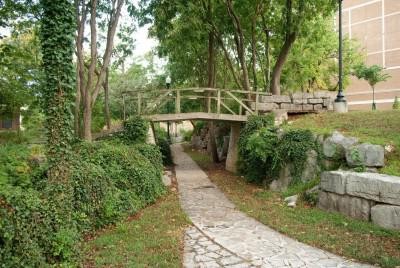
remains of Lytle
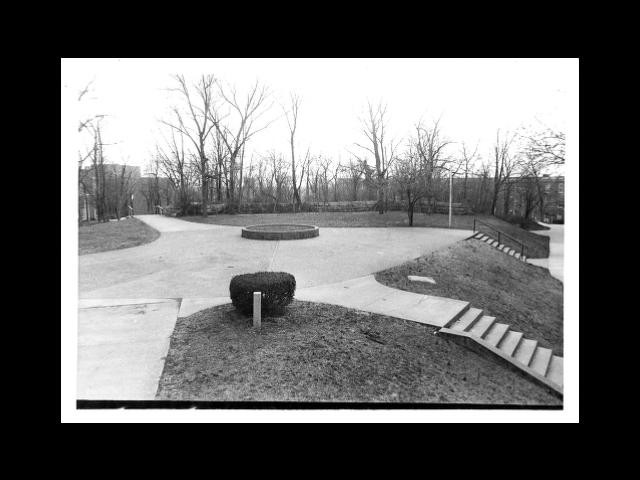
more trenches/walking paths
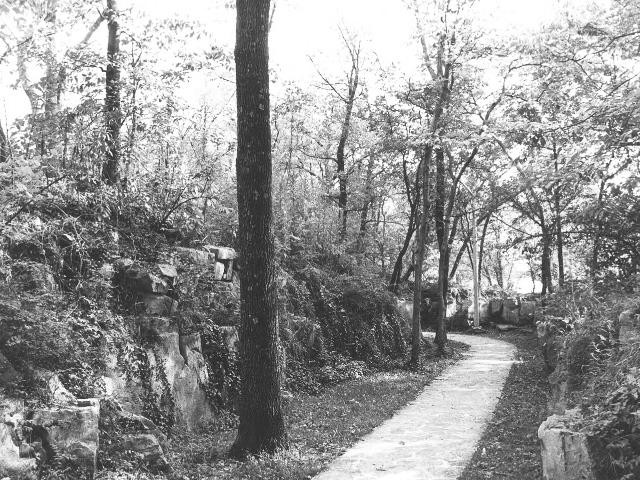
Col. Benjamin Harrison. Future 23rd US President
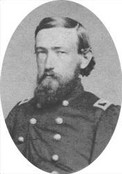
Gen. Simon Bolivar Buckner
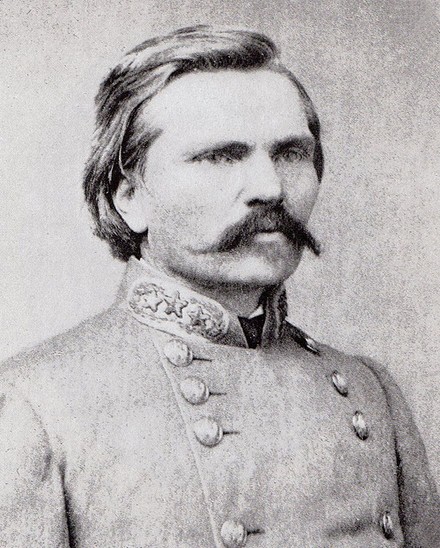
Backstory and Context
Text-to-speech Audio
*More information regarding Fort Lytle is needed
Since Bowling Green's location was vital for Confederate forces supply lines from Nashville, TN to Louisville, KY, fortifications and great efforts were needed to protect the hilly grounds of the city. Gen. Simon Bolivar Buckner was appointed to be in charge of defending Bowling Green in September of 1861. With his 4,500 men, Buckler had eight fortifications constructed in and around the area, with emphasis on the roads, river and railways that form the transportation hubs for Bowling Green. All Buckler was able to do was disrupt some communication and supply lines for Union forces while in Bowling Green before having to be in charge of Fort Donelson in western KY that was under siege the Union under Grant. Buckner was forced into unconditional surrender. With the loss of Buckner and forts Henry and Donelson, the fate of Bowling Green was sealed. On February 14, 1862, the city was abandoned and captured the next day. This fort was originally called Fort Vinegar, for it was on then called Vinegar Hill. It was changed to Fort Lytle in honor of Union General William Lytle. Colonel Benjamin Harrison (future American president) oversaw the forts extension and renovations. The main regment that was used for the extenstions and renovations were the 12th Heavy Artillery U.S. Colored Troops.
Since then, the fort's remains are now a part of Western Kentucky University. Some of the trenches now serve as walking paths for students.
